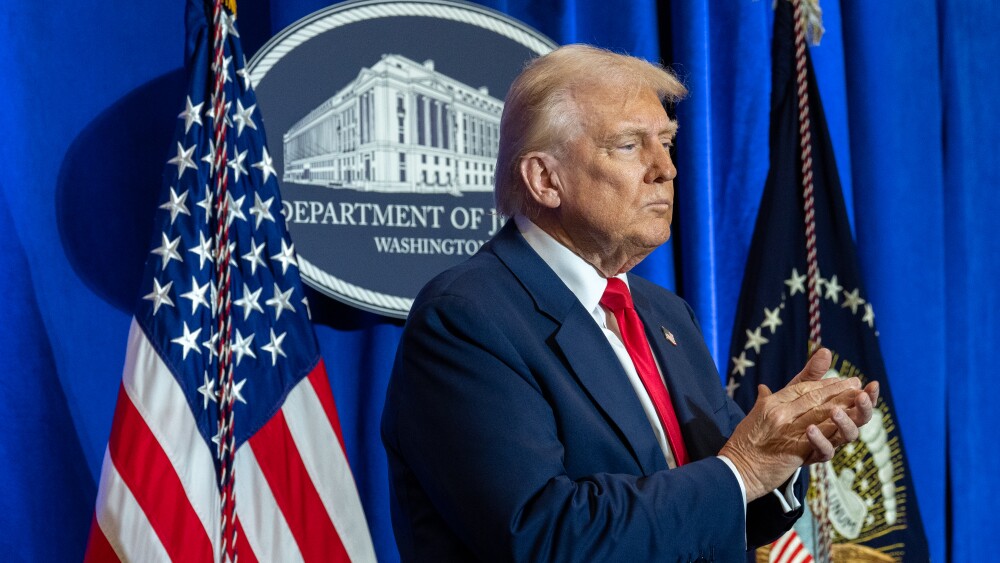At a Thursday ASGCT 2024 session, CBER Director Peter Marks made the case for a better, “more convergent” global framework on cell and gene therapies, especially for rare diseases.
The FDA’s top biologics regulator said Thursday that despite the tremendous potential of cell and gene therapy products, global regulatory convergence is essential to facilitate the development of these technologies and take them to the next level.
Peter Marks, director of the FDA’s Center for Biologics Evaluation and Research, delivered his comments on current manufacturing and regulatory barriers to cell and gene therapy (CGT) products during a fireside chat with officials from the Brazilian Health Regulatory Agency and Japan’s Pharmaceuticals and Medical Devices Agency at the 2024 American Society of Gene & Cell Therapy (ASGCT) annual meeting.
Marks told the audience that disparate requirements for CGTs among different countries—from preclinical tests to manufacturing—make it difficult for patients in certain areas of the world to have access to therapies, particularly those for rare diseases.
“The current lack of regulatory standardization between different countries is making it difficult for products that treat a few patients,” according to Marks. “When I say few, I mean something from 10 to 100 to perhaps 1,000. These small populations really need access to treatments, and the different regulatory requirements are making it challenging.”
He noted that the FDA is actively engaging in numerous global efforts to ameliorate these issues. One example he gave is a CGT discussion group that the International Council for Harmonisation of Technical Requirements for Pharmaceuticals for Human Use (ICH) is initiating. ICH’s Cell and Gene Therapies Discussion Group—announced in June 2023—is meant to serve as a global forum to discuss technical issues related to harmonization of CGT products, with a focus on modalities that are relatively mature.
However, Marks said “we’re not quite ready” for an ICH guidance yet. “I think there was kind of a hesitancy to try to put something into an ICH guidance until we have more convergence,” he explained. “It takes a really long time to get through ICH steps for anyone who’s been involved in that process, so I think we want to understand what we’re going to say together as a field—between industry and regulators—first.”
Marks made the case for a better, “more convergent” global framework on cell tissue and gene therapies—especially for rare diseases.
Five to 10 years from now, Marks’ vision is that there will be enough global regulatory convergence “such that we can get to where we are currently with vaccines” internationally. “It would reduce regulatory burden.”
Another issue on an international scale is access, in part due to manufacturing costs. In an ASGCT session on Wednesday, Marks touted the benefits of the Bespoke Gene Therapy Consortium (BSGCT), a public-private collaboration involving the National Institutes of Health, FDA, industry and patient groups intended to help accelerate the delivery of AAV-based gene therapies for rare diseases, and a BGTC “playbook” published in February 2024.
“This concept of a playbook to try to harmonize manufacturing protocols could really help us,” Marks said. “Automation could really bring us both a reduction in costs and an improvement in quality and consistency of products.”
Marks noted in Thursday’s session that gene therapies are currently very expensive, but he said he’s hopeful that the manufacturing costs of AAVs “should actually be much more manageable” ultimately.
“If we could get down the cost of gene therapy by an order of magnitude, you actually could see this getting into low- and middle-income countries which could be a game-changer and save a lot of lives,” Marks concluded.
Greg Slabodkin is the news editor at BioSpace. You can reach him at greg.slabodkin@biospace.com. Follow him on LinkedIn.






